The animal kingdom is filled with many different and interesting creatures, but there is one thing that they all have in common: they all die eventually. Some animals die very quickly after giving birth, while others may live for years.
There are many different species of animals that die shortly after giving birth, and this is a natural part of their life cycle. This is most common in invertebrates, such as insects, but also occurs in some vertebrates, such as certain fish and amphibians. The reasons for this are not always clear, but it is thought to be related to the extreme physiological changes that occur during pregnancy and childbirth.
In this article, we will take a look at some of the animals that die shortly after giving birth, explore the possible reasons for this, and consider what this might mean for the future of these species.
14 Animals that Die After Giving Birth
There are a number of animals that die after giving birth. Let’s explore:
1. European Glow Worms
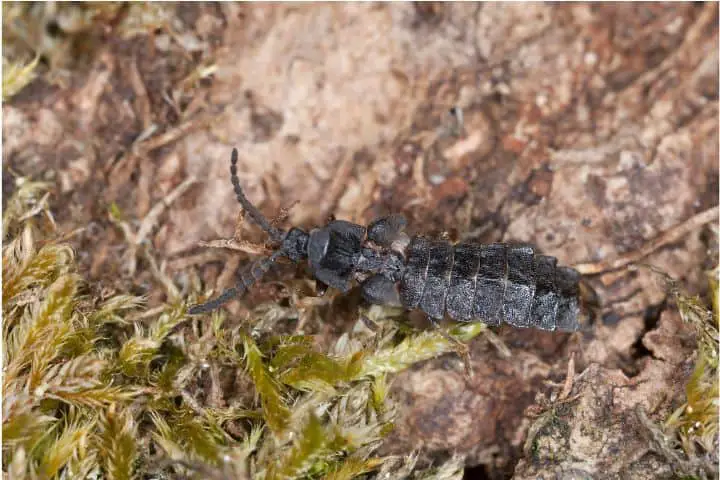
European glow worms are a type of beetle that gives birth to live young. The female glow worm will lay her eggs in a suitable location, often on the ground or in rotting vegetation. Once the eggs hatch, the larvae will feed on small insects and other invertebrates. After several moults, the larvae will develop into pupae. The pupae will then hatch into adult beetles.
The adult beetles only live for a few weeks, during which time they mate and lay eggs. Once they have mated, the male beetles will die. The females will die shortly after they have laid their eggs.
2. Labord’s Chameleon

Labord’s chameleons are a type of lizard that is found in Madagascar. They are known for their ability to change colour, which they do in order to camouflage themselves. These lizards typically live for around four years, but they only reproduce during their final year of life.
After mating, the female Labord’s chameleon will lay a clutch of eggs. She will then die shortly after, as giving birth takes a great deal of energy and nutrients that she does not have time to replenish. The eggs will hatch a few months later, and the young lizards will be on their own.
3. Giant Pacific Octopus
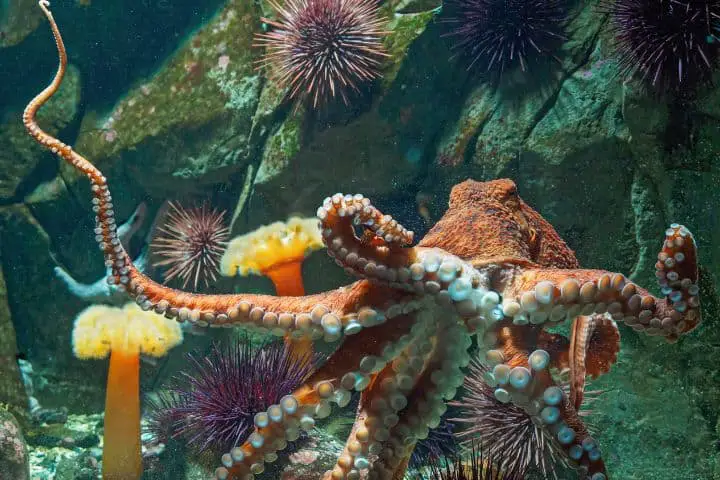
The Giant Pacific Octopus is a massive sea creature that can grow up to 16 feet in length and weigh up to 600 pounds. They are found in the Pacific Ocean off the coast of North America, Japan, and Korea.
These octopuses are relatively short-lived creatures, with a lifespan of only 3-5 years. However, they make up for their short lives by reproducing prolifically. A female Giant Pacific Octopus can lay up to 100,000 eggs at a time, and will often die soon after she has finished doing so.
4. Cecropia moths
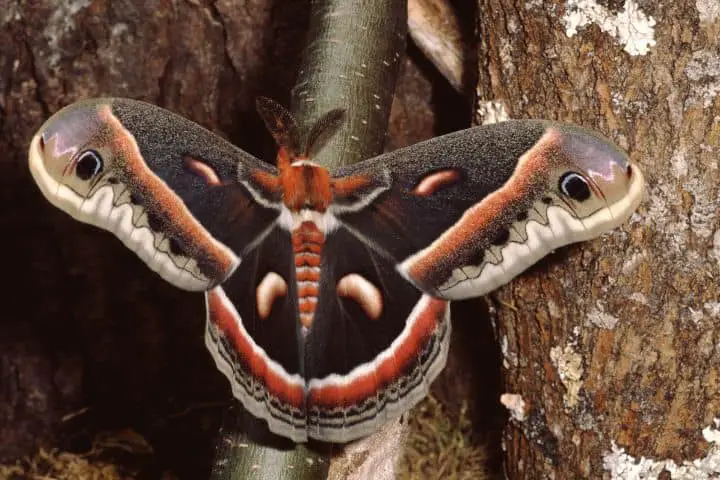
Cecropia moths are one of the largest moths in North America, with a wingspan of up to six inches. They are named for the Greek mythological figure Cecrops, who was half-man and half-snake.
Cecropia moths are unusual in that they only live for about a week as adults. The majority of their life is spent as larvae, which can take up to two years to mature.
Once they emerge as adults, the moths mate and the female lays her eggs. She then dies, never to fly or eat again. The males also die soon after mating.
While it may seem tragic that these creatures only get to live such a short time as adults, it is actually an adaptation that helps them survive. Because they do not need to waste time and energy searching for food, they can devote all their resources to reproduction. This strategy ensures that their species will continue, even though the individual moths do not live long.
5. Ticks

Ticks are small arachnids that are often found in wooded areas. They attach themselves to the skin of animals and feed on their blood. Ticks can transmit diseases to their hosts, which can be dangerous or even deadly.
After a blood meal, female ticks will lay their eggs on the ground. The eggs will hatch into larvae, which will then climb onto a host and attach themselves. The larvae will then molt into nymphs, and finally into adults.
Ticks typically live for one to two years, but they can survive for much longer if they have a regular supply of blood. Once a tick has attached itself to a host, it will often stay there until it is full or until the host dies. This can be dangerous for the host, as the tick can transmit diseases.
Ticks are not considered to be true animals, as they do not have a brain or nerves. However, they are still capable of reproducing and carrying out the basic functions of life.
6. Praying mantis

Praying mantises are one of the animals that die after giving birth. After the female mantis lays her eggs, she dies soon afterwards. The eggs hatch and the young mantises must fend for themselves. They go through several molts as they grow, and eventually reach adulthood. Once they mate, the cycle begins anew.
7. Longfin eels
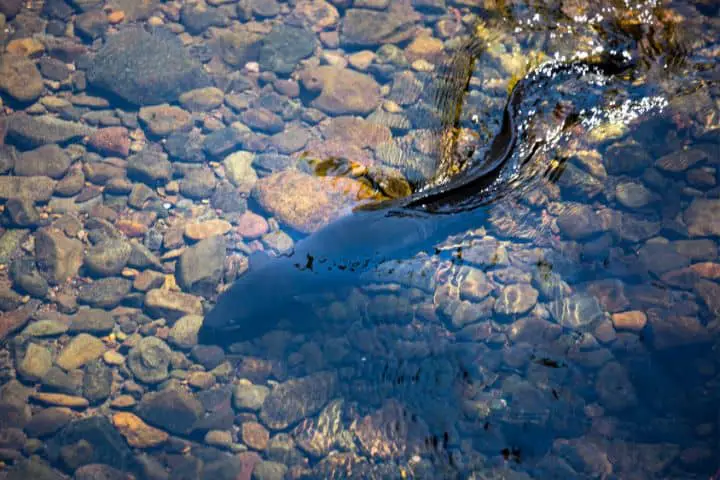
Longfin eels are a type of eel that is found in rivers and lakes in New Zealand. They can grow up to 2 metres in length and have a life span of up to 50 years.
Once they reach adulthood, the longfin eels will begin to migrate back to the freshwater rivers and lakes where they were born in order to spawn. After spawning, the female longfin eel will die.
The longfin eel has a unique life cycle in which they spend the majority of their lives in freshwater before migrating to the ocean to breed. Once they have reached maturity, they will return to freshwater to live out the rest of their lives.
Unfortunately, longfin eels are now endangered due to a number of factors including habitat loss, pollution and overfishing.
8. Social spiders
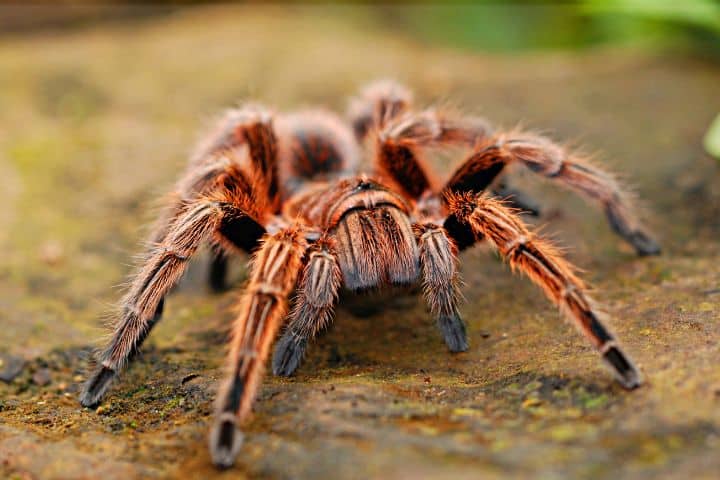
Social spiders are spiders that live in close proximity to other spiders. Unlike most other spiders, social spiders live in large groups and cooperate in order to build and maintain their webs. These spiders typically die soon after they mate and produce offspring.
9. Mayflies

Mayflies are a type of insect that typically only lives for a few days. The adult female mayfly will lay her eggs in a suitable location, often near water. Once the eggs hatch, the larvae will grow and develop until they are ready to emerge as adults. The adult mayflies only live for a few days to mate and lay eggs before they die.
10. Salmon

Salmon are a type of fish that are well-known for their amazing ability to travel upstream in order to spawn. After spending a few years in the open ocean, salmon return to the freshwater rivers and streams of their birth in order to mate. Once they have mated, the female salmon will lay her eggs in a nest that she has dug out in the gravel of the riverbed. After the eggs have been fertilized by the male salmon, the female will cover them with more gravel and then leave them to incubate.
Incubation takes around three weeks, after which time the tiny salmon fry will hatch and make their way to the water. The fry will spend the next few years of their lives feeding and growing in the safety of the river before eventually making their way out to the open ocean where they will live for the majority of their lives. After a few years, the salmon will once again return to their birthplace in order to mate and start the cycle anew.
Sadly, not all salmon make it back to their river to spawn. Many are caught by predators or humans before they have a chance to reproduce. Additionally, the journey back to fresh water is difficult, and many salmon die of exhaustion before they even reach their destination. Salmon that do manage to make it back to their river and successfully spawn often die soon afterwards from exhaustion or from predators that are waiting to feed on the newly hatched fry.
11. Male Seahorse
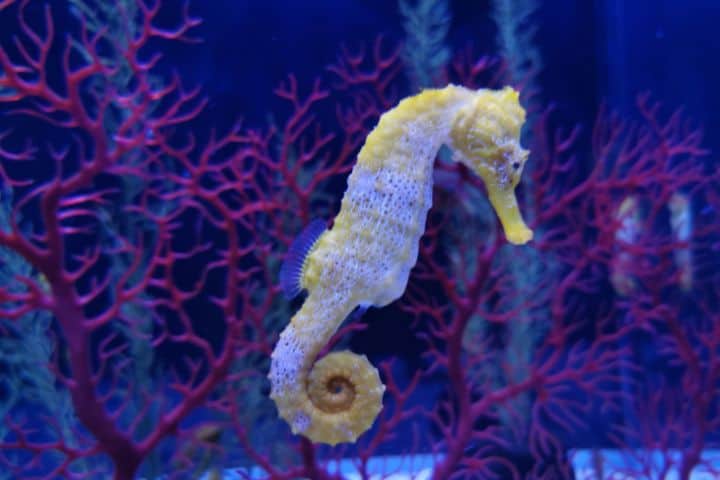
The male seahorse is an animal that dies after giving birth. The seahorse is a small horse-like creature that lives in the sea. It is a very popular creature and is often kept as a pet. The seahorse has a very long tail and a small head. They are very good swimmers and can often be seen swimming around in the ocean.
The seahorse is a very gentle creature and is not aggressive. The male seahorse is the one that gives birth to the young. The female seahorse lays her eggs inside the male’s pouch. The male then carries the eggs until they hatch. Once the eggs hatch, the male seahorse dies.
12. The Squids

The squid is a unique animal in that it dies after giving birth. This is due to the fact that the squid expels all of its internal organs during childbirth, including its heart and brain. This leaves the squid’s body empty and it quickly dies.
Squids die after giving birth because their bodies are not designed to handle the stress of pregnancy and childbirth. Their internal organs are simply not built to withstand the strain of carrying and birthing a baby squid. This is why squid mothers will often abandon their young soon after they are born.
13. Grasshopper

The grasshopper is a type of insect that undergoes metamorphosis during its lifetime. The grasshopper starts out as an egg, hatches into a nymph, and then matures into an adult. The adult grasshopper dies after it mates and lays eggs.
14. scorpion

Scorpions are one of the few animals that die after giving birth. The process of giving birth is very strenuous for them and it takes a lot out of their bodies. Once they have given birth, they usually only live for another few weeks.
FAQs about Animals that die after giving birth
1. can a female octopus survive after giving birth?
Yes, a female octopus can survive after giving birth. The female octopus can survive by going into hiding and using her ink to confuse predators.
2. Why do some animals die after giving birth?
After giving birth, some animals die due to a condition called postpartum hemorrhage, which is when they bleed excessively. This can be caused by a number of things, including placenta previa (when the placenta covers the cervix), uterine rupture, or simply not having enough blood vessels to clot properly. In some cases, it may also be due to an infection or other complication.
3. What are the consequences of animals dying after giving birth?
The consequences of animals dying after giving birth can be severe. If the animal is the sole provider of food or shelter for its offspring, the death of the animal can mean the death of the offspring as well. If the animal is part of a food chain, the death of the animal can disrupt the entire food chain.

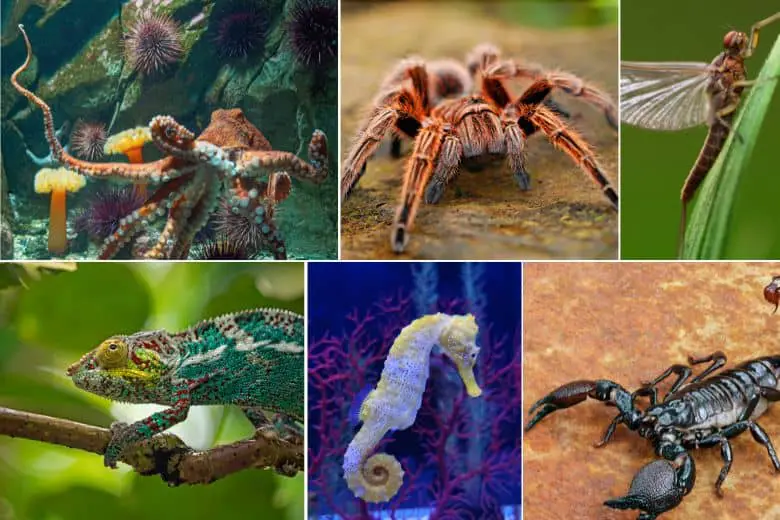
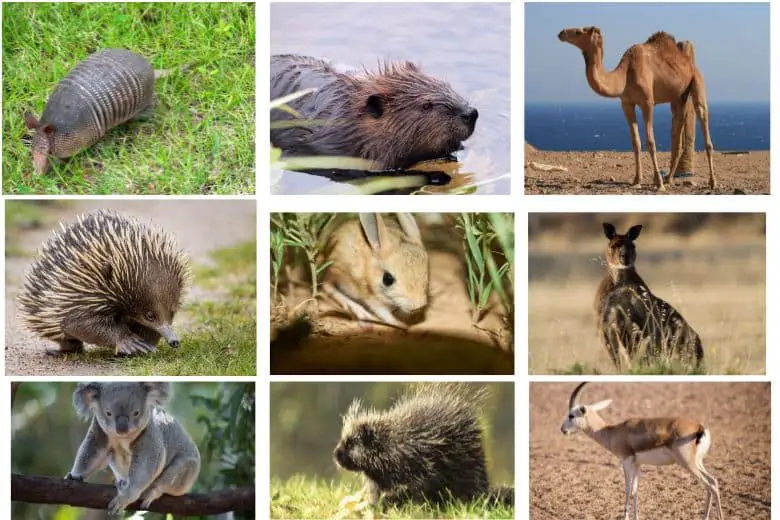
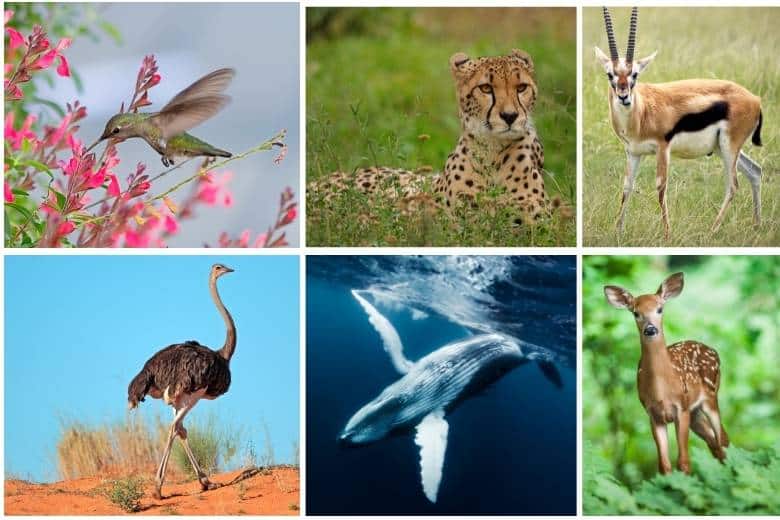
Pingback: What Animal Has the Toughest Skin - Animal Blogz